 Thursday, January 15, 2015 |
Thursday, January 15, 2015 |  Repost
Repost How Planting Trees in Haiti Put Kids in School: The Timberland Story
REPRINT > by Julie Fahnestock at Justmeans.com / Jan 15, 2015
When’s the last time you walked into your yard or cal park, looked up at the trees, and in the same thought, gave thanks for the education of your children?
It’s not a correlation I’ve ever made. But it is to Gustave, a smallholder farmer from Gonaïves, Haiti. Trees are sending his five kids to school. Three of the five are attending high school, analogous to attending Harvard in the United States. Only five percent of children attend high school in Haiti and Gustave’s three children are the first in his family to make it this far. Trees are making this happen. The planting of trees is also raising farmers’ incomes between 30 and 50 percent. Through a collaborative effort by boot-making company Timberland and Haiti’s Smallholder Farmers’ Alliance (SFA), five million trees are changing the future of Haiti’s next generation of leaders.
Hugh Locke, Co-Founder and President of Haiti’s SFA, has been on the ground in Haiti since 2004, most of those years working in various international aid roles—until, that is, he partnered with Timberland and experienced the empowering model of the triple bottom line. It had never occurred to him before to think about what happens after the aid funding stops.
“It’s been a conversion experience for me, social business as a sustainable model,” says Locke. The only people [in Haiti] who can plant trees are smallholder farmers, the poorest of the poor in terms of the working population. You can’t just hand them a tree and say go plant this. This is it what happened through USAID. Millions of trees were handed out. 100 million trees. Today, only a handful of those trees that exist because there was no economic reason for farmers to look after them. So our question [with Timberland] was, how do you turn trees into a form of bio-currency?” explains Locke.
It started with creating an ‘exit-aid’ strategy for SFA farmers as part of a pilot project in Gonaïves, a region devastated by the 2008 earthquake and flooding. Timberland made a $1.2 million investment in Gonaïves over the course of five years with the intent to help develop a sustainable business model. And it’s working. Farmers begin by volunteering their time to work in tree nurseries. In exchange for their time, they earn agricultural experience and are rewarded with seeds and tools. They take their ‘earnings’ home and grow crops like sorghum, beans, eggplant, carrots, beets and rice. These crops are then sold at local markets. Within in the first year, Locke and his Co-Founder Timote George saw farmers’ input costs go down and their yields go up by a 30 to 50 percent increase. Today, this model is self-sustaining.
“Trees have a value now. For example, if a farmer plants a papaya tree and cares for it, it can generate 50 papayas. Papayas get a very good sale in local markets in Haiti...you can plant 25 papaya trees and grow beans around them and it doesn’t affect output of the crops that are next to it. There’s a closed loop value,” says Locke.
Farmers in Haiti’s SFA are calling it a “miracle.” Timberland is calling it good business.
“Our end goal was to create a sustainable agro-forestry model which could be replicated not only in the realm of crops which leads to the resources we use in our products, but that could also be replicated geographically in other parts of the world where we do business and source materials. It was an economical way to do research which is one good business reason for the investment. We wanted to explore the possibility of creating a social business-based supply chain,” says Margaret Morey-Reuner, Director of Strategic Partnerships and Business Development at Timberland.
Planting five million trees in five years was Timberland’s campaign for opening a much deeper and long term commitment to environmental stewardship and investment into communities from which they source. From the beginning of their investment in Gonaïves, Timberland envisioned expanding their exit-aid strategy and revitalizing many other communities. Their goal is to create a market for the outputs like produce, cotton and rubber and eventually become a customer of these investments.
“The role we play is as seed funder and we see that this is really working. The next step is to make a commitment to the SFA to create and identify a market for outputs. We’ve been able to bring in friends of Timberland, like the Clinton Global Initiative of which we are members. Hugh and Timote have been able to cultivate relationships with other members of the CGI,” explains Morey-Reuner.
Timberland is working with the SFA to highlight outcomes of this effort which will make what they are doing far more marketable to customers. They envision this model being replicated in places like Southeast Asia where there’s a large industry of rubber plantations. And, they have plans for long term commitment in other parts of Haiti.
“Haiti used to be a thriving cotton producer. Imagine if we could help, as part of being member of the VF brand, revitalize the cotton industry in Haiti,” says Morey-Reuner.
There is much hope for Haiti, for their infrastructure, food system and future leaders. One tree at a time. I don’t think I’ll sit under a tree again without thinking of the hope they are bringing to Gustave’s kids and other Haitian kids, sitting in their classrooms, wondering what they’ll be when they grow up. This is social business at its best. Great work, Timberland and Haiti’s SFA.
Read Timberland’s future plans for partnership worldwide. Connect with Haiti’s SFA.

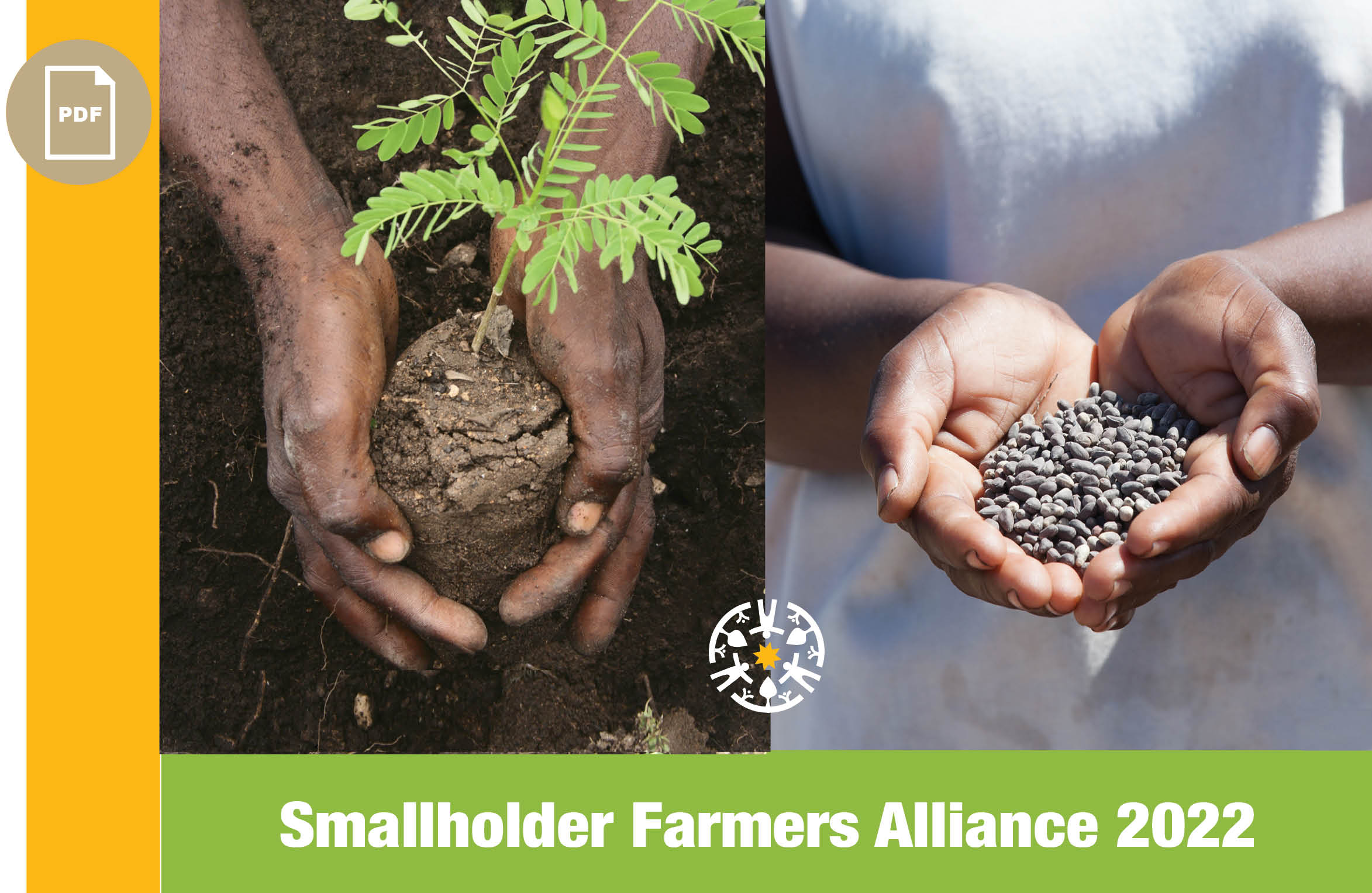
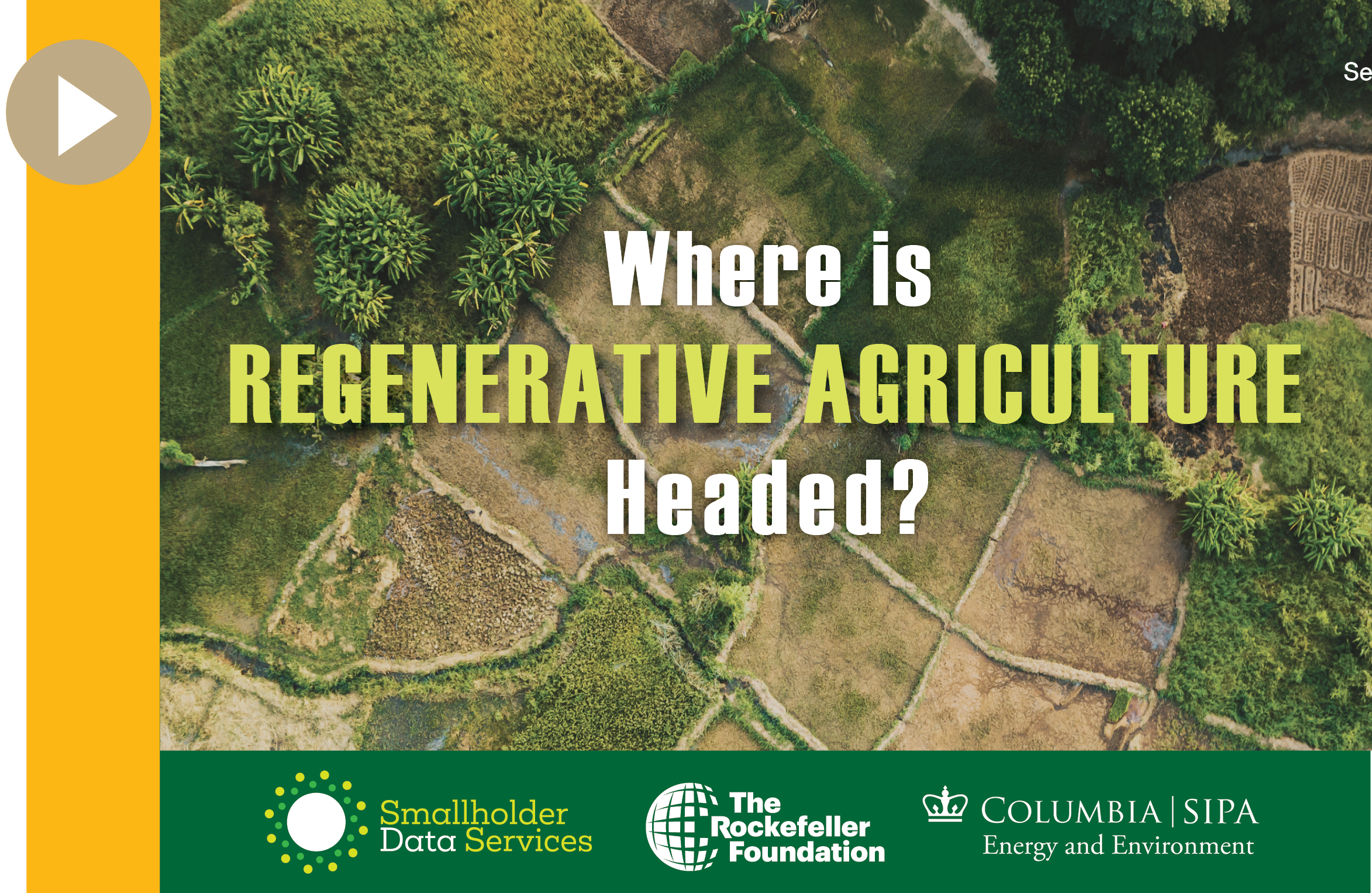
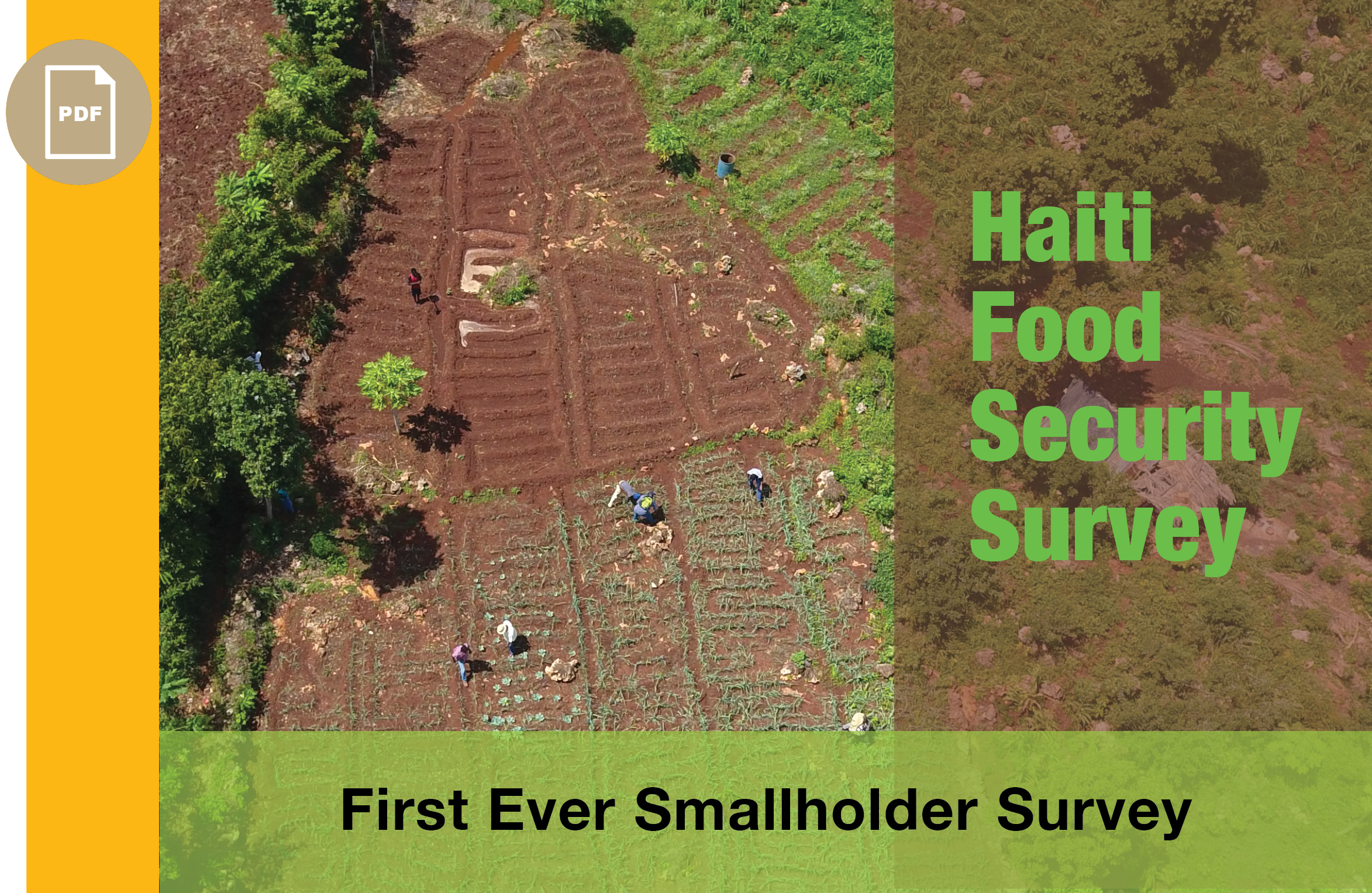
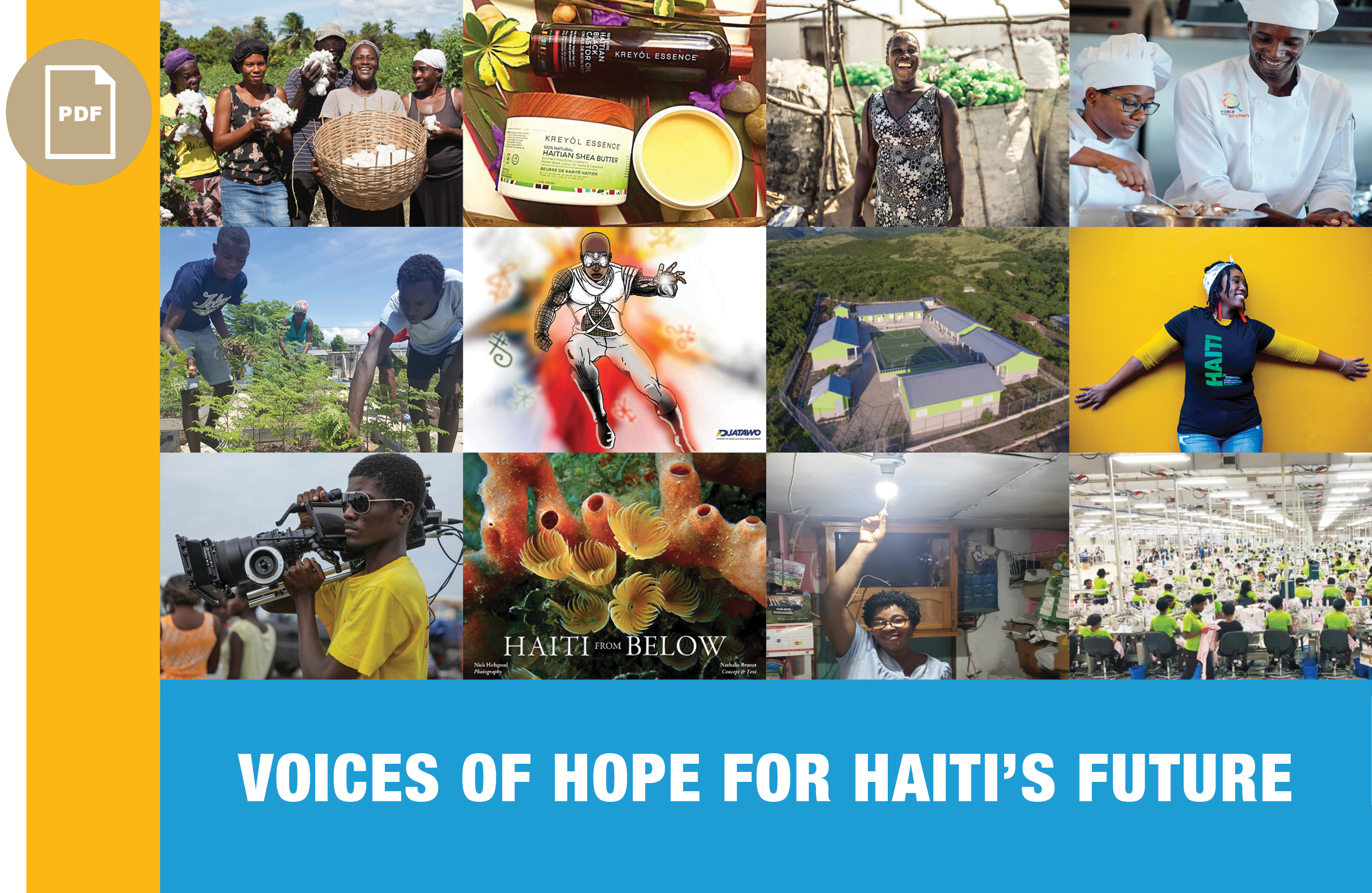
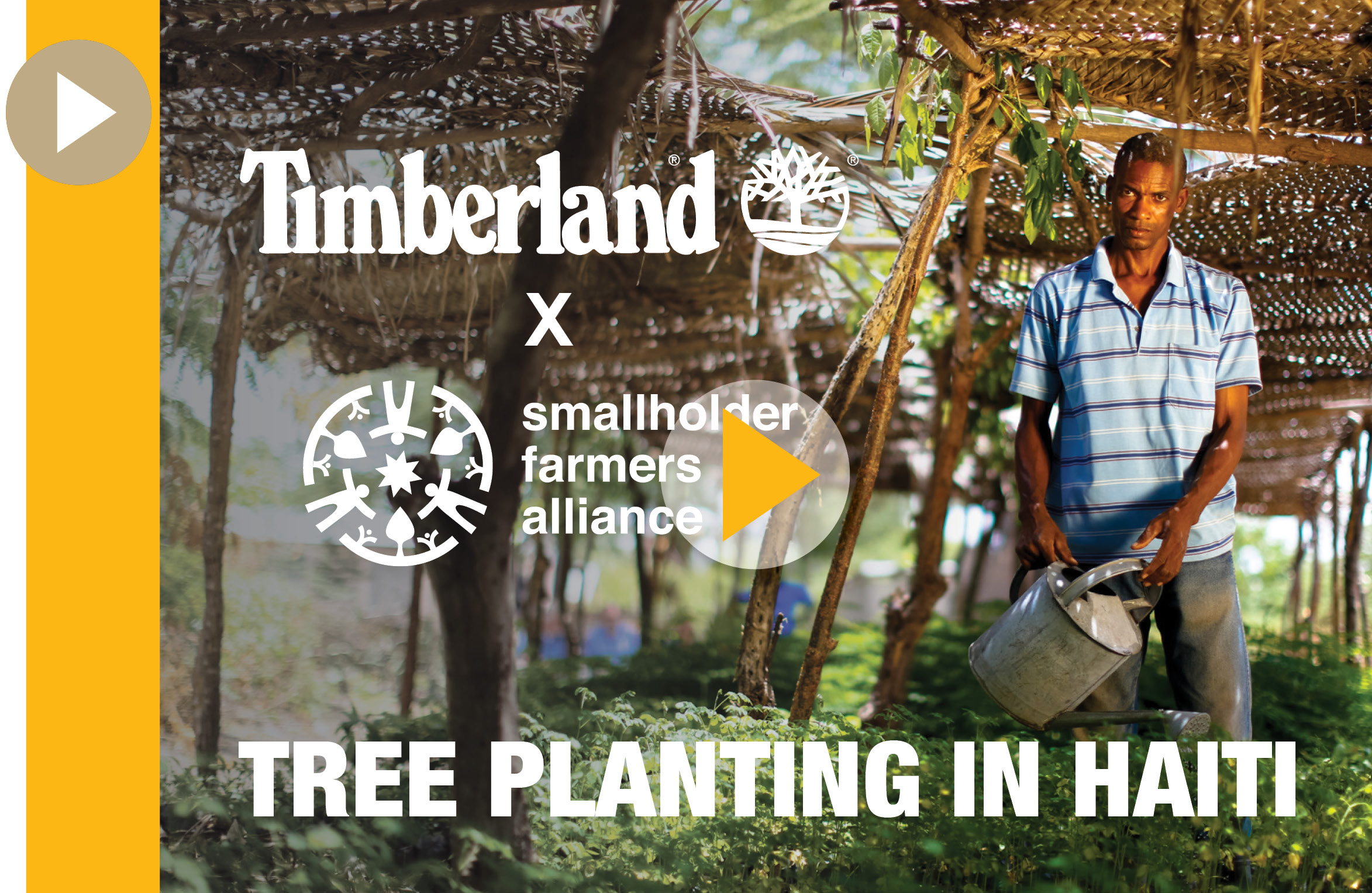
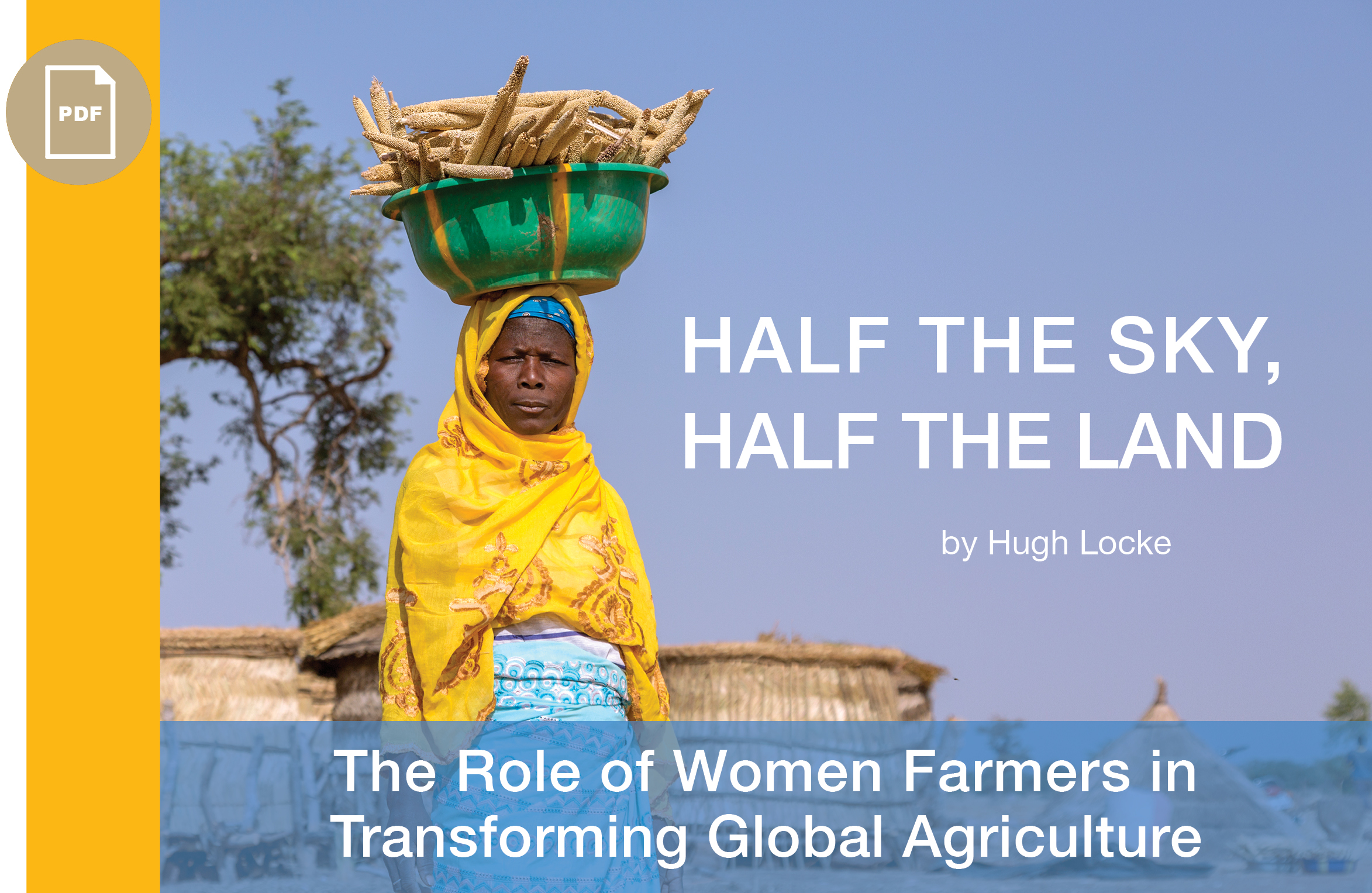
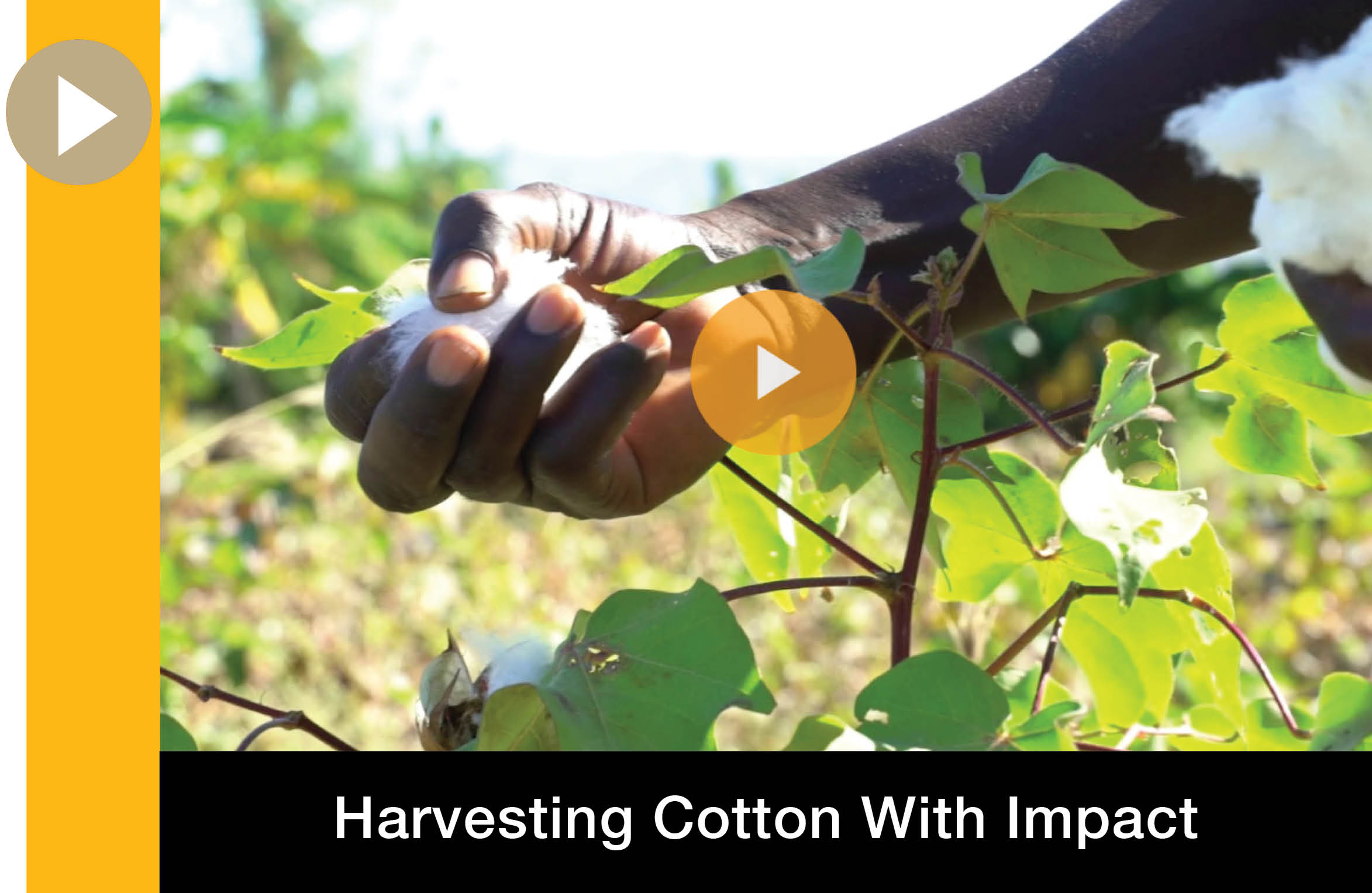
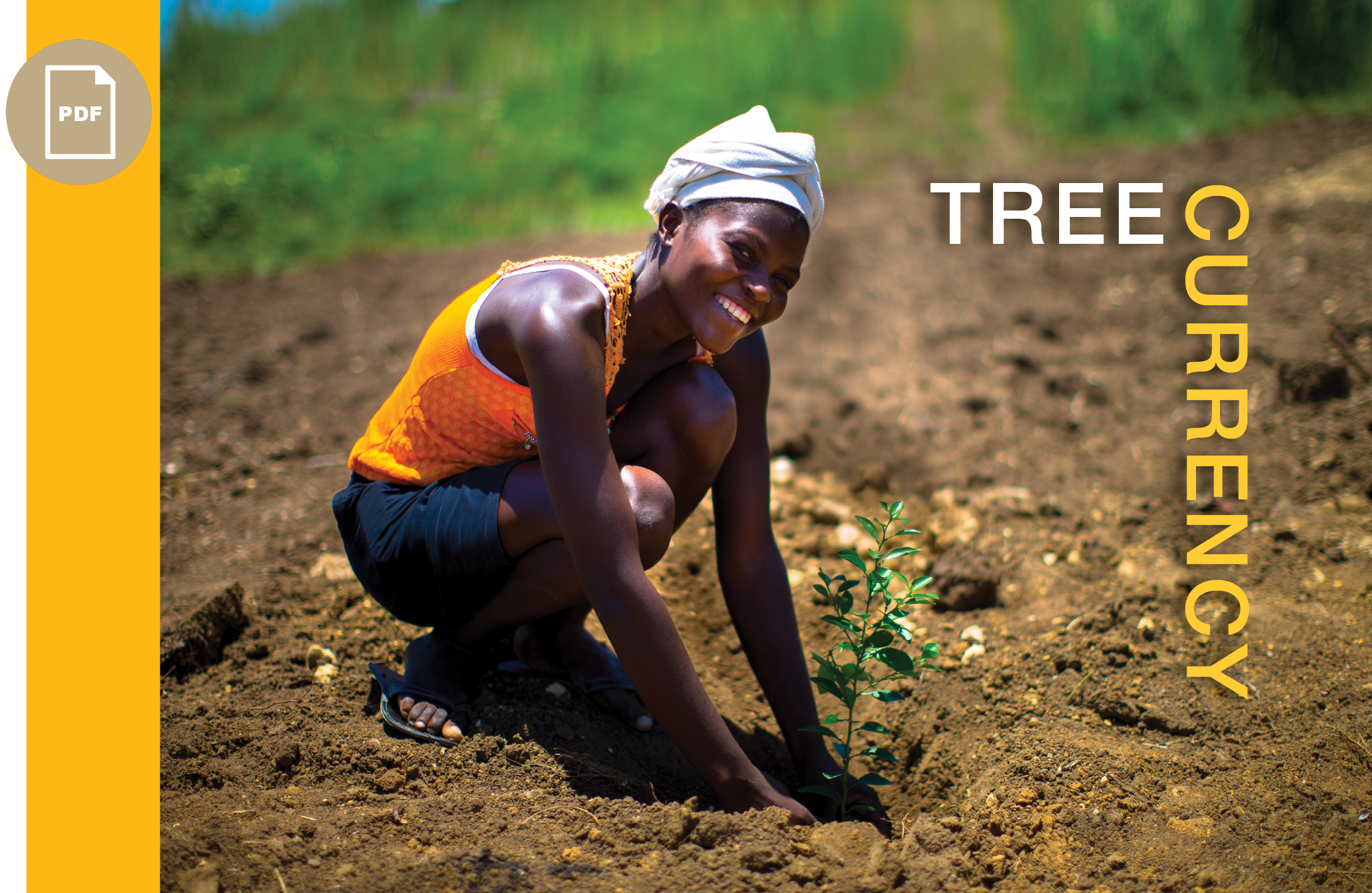
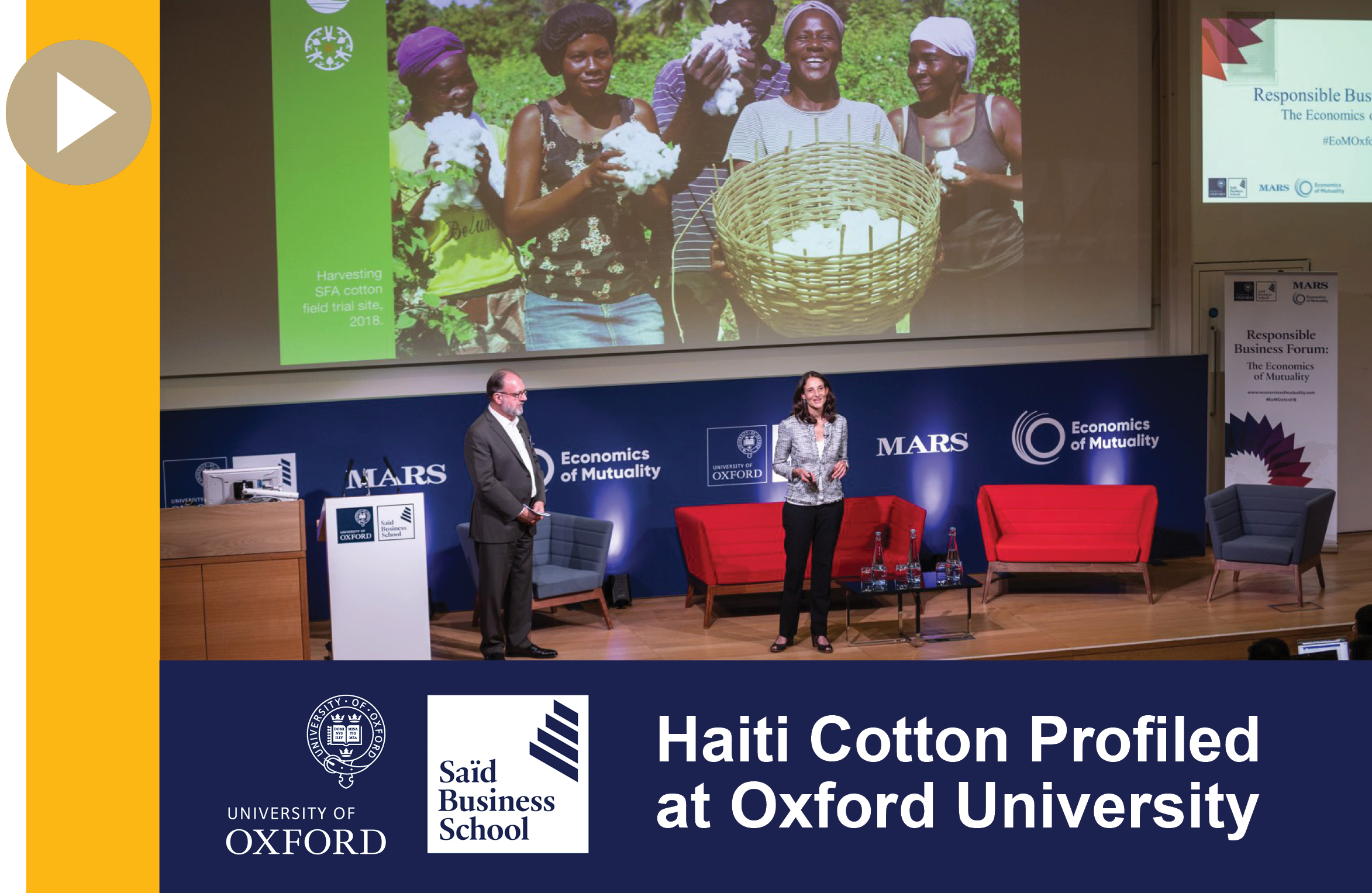
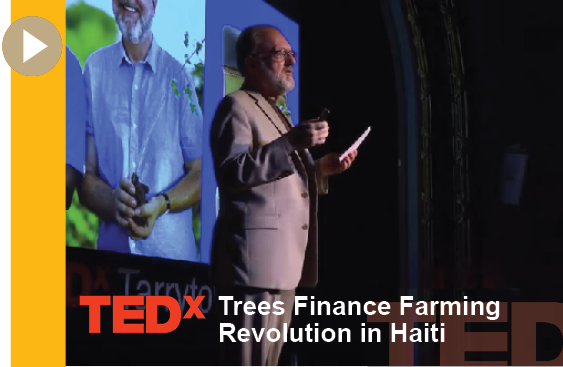
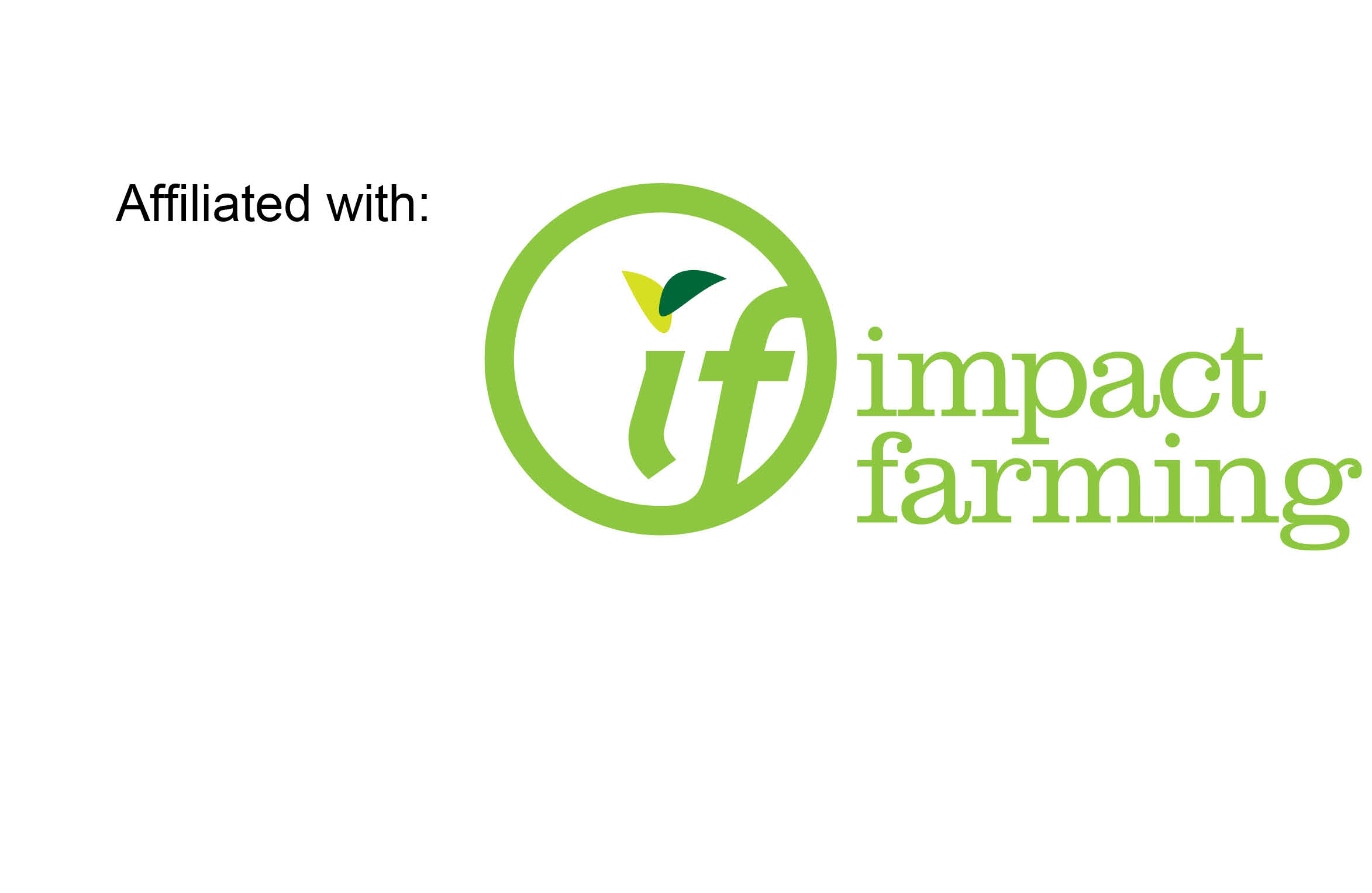

Reader Comments